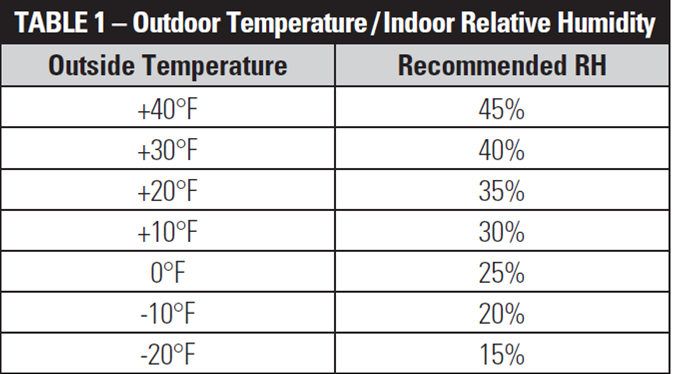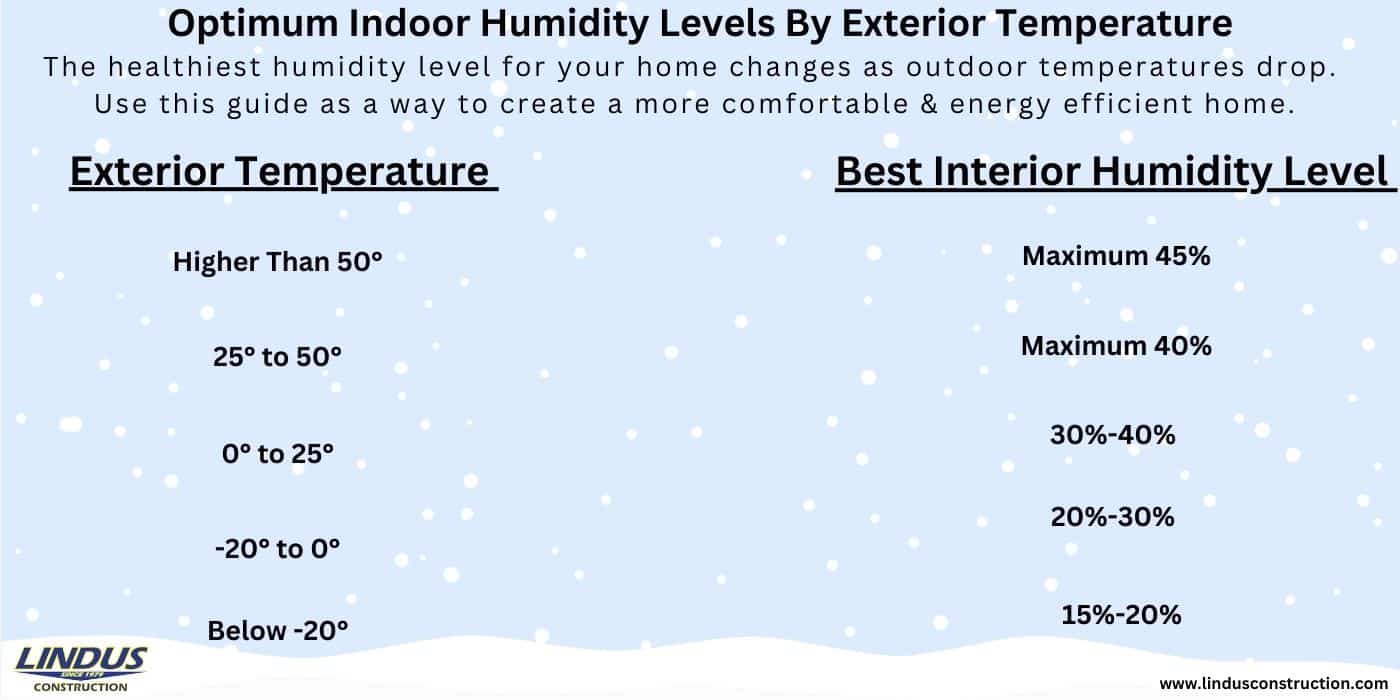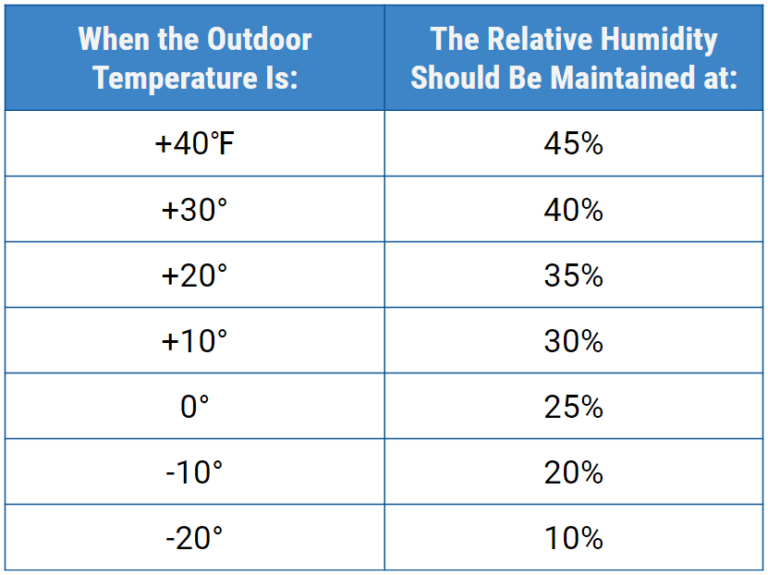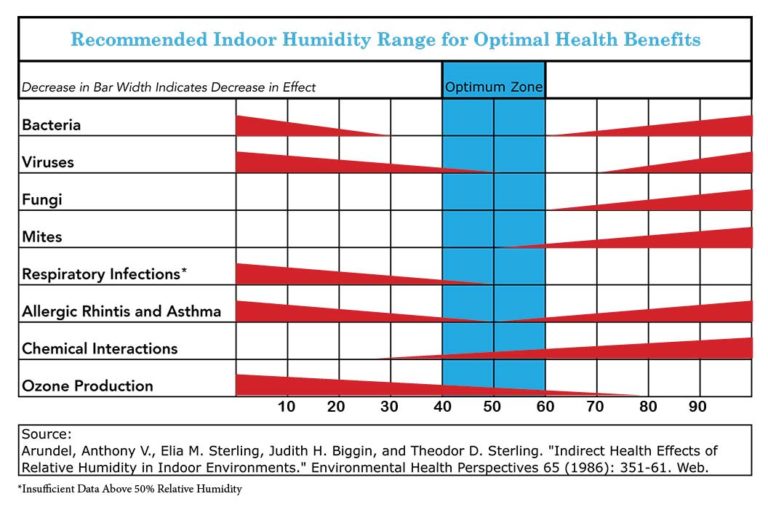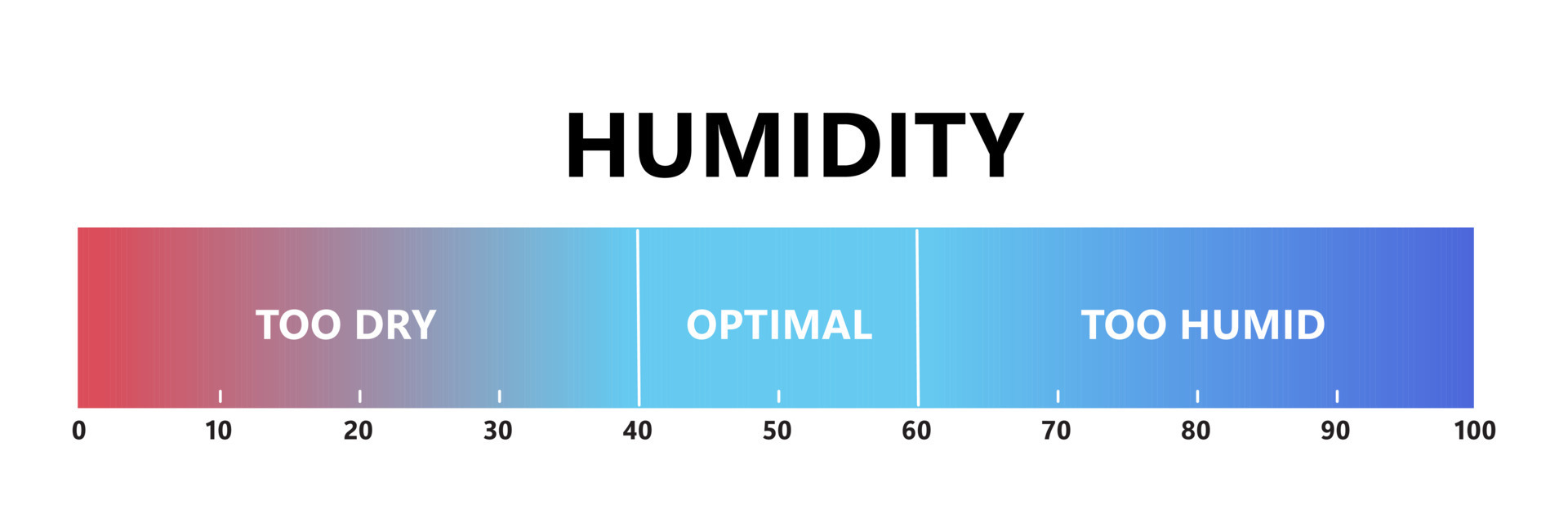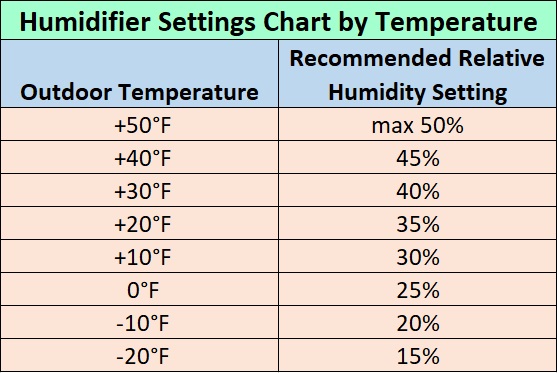What Is The Ideal Humidity Inside A Home
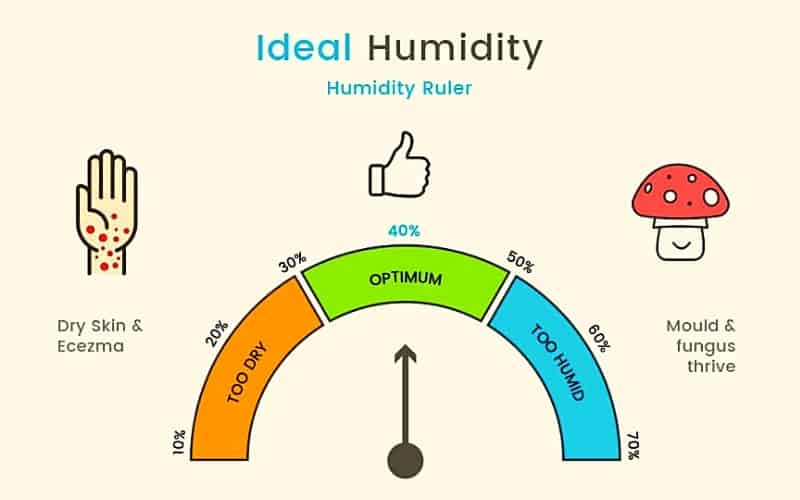
Unlocking Comfort and Savings: Finding Your Ideal Home Humidity
Maintaining the correct humidity level inside your home isn't just about comfort; it's a crucial factor in energy efficiency, indoor air quality, and even the longevity of your home's structure. Too much or too little moisture can lead to a host of problems, impacting everything from your health to your wallet. This article dives into the sweet spot of home humidity, exploring the ideal range, the telltale signs of imbalance, and how to achieve and maintain optimal levels for a healthier, more energy-efficient home.
The Goldilocks Zone: Defining Ideal Humidity
The generally accepted ideal humidity range for indoor spaces is between 30% and 50% relative humidity (RH). During the winter months, especially in colder climates, aiming for the lower end of this range (around 30-40%) is often recommended. In the summer, staying in the 40-50% range is usually more comfortable and helps prevent mold growth. Energy Star, a program of the U.S. Environmental Protection Agency (EPA), recommends maintaining humidity levels below 60% to prevent mold and mildew.
Why this specific range? It's a balance. Lower humidity can lead to dry skin, irritated sinuses, and increased susceptibility to respiratory infections. Higher humidity creates a breeding ground for mold, mildew, dust mites, and other allergens, exacerbating respiratory problems and potentially causing structural damage to your home. Finding that 30-50% RH sweet spot is key to reaping both health and energy benefits.
Decoding the Signs: Recognizing Humidity Imbalance
Your home will often tell you if the humidity is out of whack. Here are some common indicators:
- High Humidity (above 50%):
- Condensation on windows and walls
- Musty odors
- Visible mold or mildew growth
- Warping wood floors or furniture
- Sticky or clammy feeling air
- Low Humidity (below 30%):
- Dry, itchy skin
- Chapped lips
- Static electricity
- Cracked wood furniture or flooring
- Aggravated allergies and asthma
- Increased nosebleeds
These symptoms shouldn't be ignored. Addressing humidity imbalances promptly can prevent more serious and costly problems down the road.
The Energy Efficiency Connection: How Humidity Impacts Your Bills
Maintaining the correct humidity level is directly linked to energy efficiency. Here's how:
- Lowering Cooling Costs in Summer: High humidity makes the air feel warmer, forcing your air conditioner to work harder to maintain a comfortable temperature. Reducing humidity allows you to raise the thermostat by a few degrees without sacrificing comfort, resulting in significant energy savings. For every degree you raise your thermostat in the summer, you can save approximately 1-3% on your cooling bill, according to the U.S. Department of Energy.
- Reducing Heating Costs in Winter: Dry air requires more energy to heat. When the air is properly humidified, it feels warmer, allowing you to lower your thermostat setting. This principle is similar to the "wind chill" effect; moisture in the air holds heat better, making a lower temperature feel more comfortable.
Investing in a dehumidifier or humidifier, depending on your needs, can pay for itself in energy savings over time. Furthermore, addressing underlying issues that contribute to humidity problems, such as leaky pipes or poor ventilation, can yield even greater long-term energy efficiency.
Tools of the Trade: Measuring and Controlling Humidity
Accurate measurement and effective control are essential for maintaining ideal humidity levels. Here are some tools and strategies to consider:
- Hygrometers: These devices measure the relative humidity in the air. You can find simple analog hygrometers or more sophisticated digital models. Smart thermostats often have built-in hygrometers.
- Dehumidifiers: These appliances remove excess moisture from the air, ideal for damp basements or humid climates. Look for Energy Star certified dehumidifiers, which are more energy-efficient. Consider the size of the space you need to dehumidify when selecting a model.
- Humidifiers: These add moisture to the air, alleviating dryness during the winter months. There are various types, including whole-house humidifiers that integrate with your HVAC system and portable humidifiers for smaller spaces.
- Ventilation: Proper ventilation is crucial for preventing moisture buildup. Ensure your bathrooms and kitchens have exhaust fans and use them regularly. Consider installing a whole-house ventilation system, such as an Energy Recovery Ventilator (ERV) or a Heat Recovery Ventilator (HRV), which can exchange stale indoor air with fresh outdoor air while minimizing energy loss.
- Smart Thermostats: Many smart thermostats offer humidity monitoring and control features. You can set humidity thresholds, and the thermostat will automatically adjust your HVAC system to maintain the desired levels. Some models even integrate with humidifiers and dehumidifiers for seamless control.
- Air Sealing and Insulation: Proper air sealing and insulation help prevent moisture from entering your home from the outside. Seal any cracks or gaps around windows, doors, and pipes. Ensure your attic and walls are adequately insulated.
Smart HVAC Integration: A Modern Approach to Humidity Control
Integrating your HVAC system with smart home technology offers unprecedented control over your indoor environment. Smart thermostats with built-in humidity sensors can automatically adjust your HVAC system to maintain optimal humidity levels, maximizing comfort and energy efficiency. Furthermore, you can remotely monitor and control your home's humidity from your smartphone or tablet, ensuring a comfortable and healthy environment even when you're away.
Beyond thermostats, smart sensors can be placed in different areas of your home to provide real-time humidity readings. This data can be used to fine-tune your HVAC settings and identify potential problem areas, such as leaks or areas with poor ventilation. Some smart home systems can even alert you to potential mold growth based on humidity readings.
Government Incentives and Rebates: Saving Money While Improving Comfort
Many government agencies and utility companies offer incentives and rebates for energy-efficient upgrades, including high-efficiency HVAC systems, dehumidifiers, and insulation. Check with your local utility company and state energy office to see what programs are available in your area. These rebates can significantly reduce the upfront cost of upgrading your home's HVAC system and making other energy-efficient improvements.
The Inflation Reduction Act of 2022, for example, includes several tax credits and rebates for homeowners who install energy-efficient appliances and make other energy-saving improvements. These incentives can make it even more affordable to improve your home's humidity control and overall energy efficiency.
The ROI of Humidity Control: More Than Just Comfort
Investing in humidity control is not just about comfort; it's a smart financial decision that offers a significant return on investment (ROI). Here's a breakdown of the benefits:
- Lower Energy Bills: As discussed earlier, maintaining the correct humidity level can significantly reduce your heating and cooling costs.
- Improved Indoor Air Quality: Controlling humidity can prevent mold growth and reduce allergens, improving the health and well-being of your family.
- Protection of Your Home: Preventing excessive moisture can protect your home from structural damage, such as rotting wood and warped floors.
- Increased Home Value: Energy-efficient homes are more attractive to buyers. Investing in HVAC upgrades and other energy-saving improvements can increase the value of your home.
- Reduced Maintenance Costs: By preventing moisture-related problems, you can reduce the need for costly repairs and maintenance.
In conclusion, understanding and managing your home's humidity is a crucial aspect of creating a comfortable, healthy, and energy-efficient living environment. By implementing the strategies and tools outlined in this article, you can optimize your indoor humidity levels, save money on your energy bills, and protect your home from potential damage.



